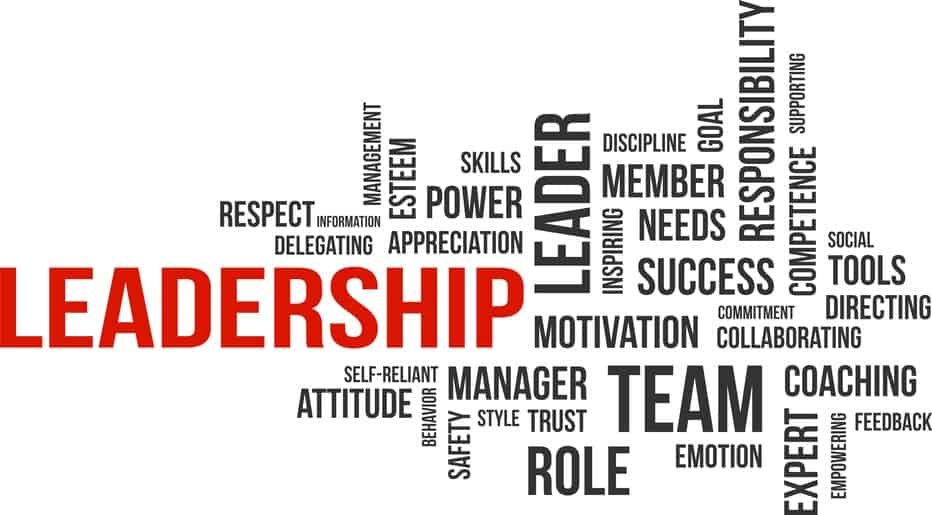The global immersive technologies market size, which includes Augmented Reality (AR) and Virtual Reality (VR) is expected to zoom past US$180bn by 2022, as per a research conducted by an international technology M&A advisory firm Hampleton Partners. While the global market for VR technologies is likely to surpass US$17bn (up from US$2bn in 2016, growing at a CAGR of 44.5%), the AR market will witness a faster trajectory of growth to reach a size of US$161bn (up from US$4bn in 2016), growing by a massive CAGR of 85.4%. While the global gaming and entertainment industry is behind the surge in the adoption of immersive technologies, other industry segments are also fast catching up in terms of adoption such as Healthcare, Manufacturing and Retail. Boeing is using Google Glass to boost the assembly process of its 787 freighter, making it faster and more efficient. Starting in 2015, German railways Deutsche Bahn has been using VR to enable potential hires have a look and feel of the actual work-place in simulated conditions. The emergence of assessment platforms is fueling the adoption in the recruitment space. One such assessment platform, Actiview, developed by an Israel-based tech company lets candidates to participate in tests, while their performance, behavior are being tested to judge their suitability.
Apart from industry verticals, immersive technologies are also finding traction within the functional/horizontal areas. One such area is HR; covering the areas of recruitment, on-boarding, and learning & development (L&D). While the rate of adoption has been slower than what was expected 2 years ago, the decision-makers are finally waking up to the idea of leveraging immersive technologies to improve brand recall, candidate engagement, and overall hiring experience.
Investments & adoption in technology is incremental
Accenture in the UK, has brought in innovation to its graduate assessment programme with the innovative use of AR and VR. The adoption of these technologies spans the entire recruitment process – from initial applications, to assessments, including tests and interviews. Accenture believes that this would help them build a truly diverse workforce by identifying candidates’ skills thereby removing possible bias. The use of VR/AR, though increasing marginally, holds a lot of promise for the future of recruting and people operations. An employer of repute strives to maintain the distinction in the minds of its stakeholders, notably candidates. Today, technology is at the forefront of such efforts, helped by creative digital agencies which simulate the physical world, leveraging computer-generated environment to create digital experiences. Use of immersive technologies in recruitment and HR is gaining traction in the corporate world, the public sector, educational institutions and even defense forces. Some of the areas in which the adoption is more pronounced include:
While it is common to restrict the concepts of brand awareness and brand recall with a product or a service, organizations are waking up to the advantages of a having a strong ’Employer Brand’. Many global companies actually view potential/employees as a natural extension of their customers. By being proactive in their communications and engagement with the candidate community, companies can also bring in brand differentiation vis-a-vis candidates. The shift to the digital world has enabled recruiters to create simulated environment which can be used to showcase the company, its values, commitment to its customers and so on. The idea is to enable a potential hire to get a first hand feel of the company s/he desires to be employed in. Earlier, teams were using physical materials such as flexes, banners, brochures, printed documents to relay information or messages. Not that they have become irrelevant, but steadily digital experience platforms are replacing them in the real world scenarios such as interview events or even job fairs.
2. Gamifying the application process
As defined by Gartner, Gamification involves “game-thinking and game mechanics in non-game scenarios such as business environment and processes, specifically in recruitment, training & development and motivation…”. With AI/Big Data increasing its footprint across HR processes, Gamification is being successfully used to attract candidates, engage meaningfully with them, and bring in an element of personalization to the job hunting process. It can also be used to complement recruitment marketing efforts. The Entertainment Software Association puts the average age of gamers to be 31 and that the number of gamers over 35 years of age exceeds the number who are between 18 and 35 years of age.According to some estimates millennials will make up about 75% of the global workforce by 2025. Gamification appeals to these categories of job-seekers on the market. The application of Gamification in recruitment and specifically during the application process can take various forms – contests, tests to assess cognitive skills, agile working capabilities, aptitude & behavioral quizzes, industry challenge assessments etc.
2.1 How does Gamification work in recruitment? Gamification appeals to candidates’ inherent streak for competition, challenges, motivation, performance, productivity and empowerment. Gamification in recruitment can deliver transformative experience to candidates by helping challenge status-quo and other traditional methods. LinkedIn Talent Blog lists out some of the best examples of the use of Gamification in recruitment – Dominos enables participants to associate themselves with the brand with an interactive activity which also involves monetary rewards; tech giant Google’s software writing competition – Google Code Jam, invites the best coders to compete which can be used to attract the right software coders to work for the company. Monetary rewards, Leader-boards, Dashboards,interactive video interviews and virtual head-hunting are some of the top use cases of Gamification in talent acquisition.
Providing a virtual tour of the office space, or the shop floor is another innovative idea which is being driven by immersive technologies. Potential employees are always interested to have a look at their future place of work, which many see as an extension of an employer’s brand. Similarly candidates who are being assessed for factory work involving use of tools, machines, and assembly lines can also benefit from this not only at the time of recruitment but also during on-boarding and pre-employment orientation. VR technologies are being used by PwC on college campuses during recruitment drives to provide the students an overview of the company, its infrastructure and facilities and also company benefits and opportunities. Virtual tours can also help trim the interview costs while providing a real-time experience of the interview process.
In a global job market in which companies are struggling to hire talent at scale and at the required speed, immersive technologies can be a boon. With skills becoming multi-directional, it is not enough to excel at technical/subject-matter skills alone. A candidate’s cognitive abilities such as problem solving skills, lateral/critical thinking, or stress-handling capabilities are also under scrutiny in many roles. In such a situation recruiters can use these technologies to create visual scenarios and test the abilities of the candidates. For e.g VR can be used to simulate role-play scenarios – customer meetings, dispute handling & resolution, team work etc. VR allows the candidate to participate in these assessments which can be gauged, measured,and bench-marked against set parameters for performance scoreboard.
Career-fairs have moved from the physical world to the virtual. While the basic premise of a job-fair remains the same – to look for potential hires from a large group of applicants and of course to showcase the employer brand, virtual fairs help create and augment brand experience. For example, Netflix, Coca-cola and Vans are some of the brands which have invested in immersive technologies and 3D/holographic projections to engage with their customers. Break-throughs in processes need investments and recruitment is no different. However, the investment needed to bring in experiential marketing in talent acquisition does not require a very large budget. Virtual career-fairs can take the conversations forward, save time and money and at the same time create differential experience for candidates. One of the powerful tools can be videos which can introduce the company to the audience, showcase and describe its culture, the kind of positions it is hiring for and so on and so forth. While recorded videos will always be limited in terms of its utility, the advent of platforms like Facebook and YouTube is letting recruiters have the option of going live to potential candidates spread across locations. There are many platforms/products on the market which have similar features, but what is more important is the messaging. The right mix of brand assets needs to be brought forth that has the right kind of appeal to the candidates. The ease of communication, frequency, and follow-ups are critical inputs for the success of any talent acquisition program.
Recruiting tools as a category claims 17% of the overall recruiting budget, after the budgets for job-boards/advertising (30%) and recruitment agency (22%). HR technology as an investment category is seeing a lot of activity and user adoption, a trend which is expected to continue well in to 2020 and beyond. Immersive technology has already been making waves as one of the disruptive tools on the HR tech market.









